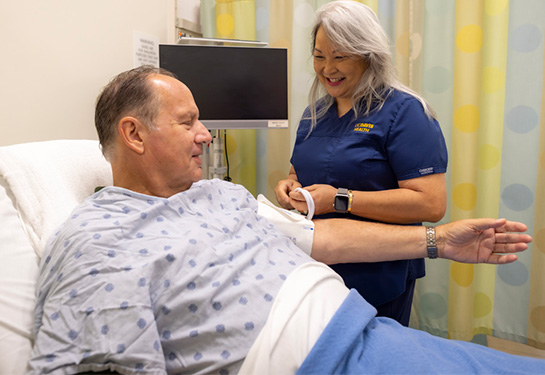Aortic Dissection
We provide state-of-the-art emergency treatment for aortic dissections and close follow-up care to protect your heart.
Medically reviewed by Sabrina Evans, M.D. on Aug. 02, 2023.
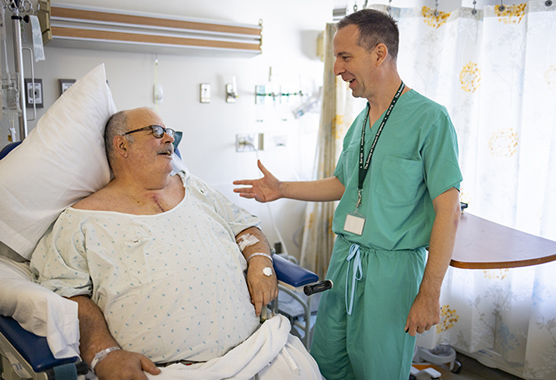
Heart and Vascular Experts Here for You
At UC Davis Health, our team of cardiovascular experts are ready to care for you if you suffer aortic dissection. People with emergency heart and vascular conditions receive rapid diagnostic testing and life-saving treatment from our team of cardiovascular experts.
What Is Aortic Dissection?
The aorta is the largest blood vessel in your body. It travels up (ascends) from your heart, curves, then descends to your abdomen. Arteries branch off the aorta. They supply your head, arms, internal organs and legs with oxygen-rich blood.
The aortic wall has three layers. Aortic dissection occurs when the inner layer of the aorta tears. Blood enters the space between the layers, creating a separate channel.
There are two types of aortic dissection. They include:
- Type A: This type occurs in the part of the aorta that travels up (ascends) or its curve (arch).
- Type B: This type occurs in the part of the aorta that runs down (descends) through your chest and abdomen.
Aortic dissection can:
- Block blood flow through the main channel of the aorta or to branching arteries
- Damage the aortic valve, which controls blood flow from the heart into the aorta
- Weaken the aortic wall, causing it to balloon out (aortic aneurysm) or burst (rupture)
Because these complications can be life-threatening, aortic dissection requires emergency evaluation and treatment.
Aortic Dissection Symptoms
Aortic dissection is a medical emergency. Symptoms vary based on the location and extent of damage to your aorta and other structures.
Emergency Symptoms
Call 911 immediately if you or a loved one experiences:
- Severe, sudden pain of the chest, back or abdomen
- Fainting
- Shortness of breath (dyspnea)
- Weakness or tingling in the limbs
Causes of Aortic Dissection
Aortic dissection is caused by a tear at a weak spot in the aortic wall. Many health conditions and factors can weaken the aorta and increase your risk for aortic dissection, including:
High Blood Pressure
Chronic high blood pressure (hypertension) inside your aorta can weaken it over time. A spike in blood pressure can also increase your chance of aortic dissection. Blood pressure spikes can occur during childbirth, forceful weightlifting or use of drugs such as cocaine and methamphetamine.
Atherosclerosis
In atherosclerosis, plaque builds up inside your arteries. This process can damage artery walls and weaken them.
Genetic Conditions
Certain genetic disorders, such as Ehlers-Danlos syndrome, Loeys-Dietz syndrome, Marfan syndrome and bicuspid aortic valve, can affect how easily your aortic wall can tear.
Injury
A traumatic injury to your aorta can cause it to tear.
Pre-Existing Aortic Aneurysm
An aortic aneurysm is a bulge in a weak area of the aorta. The weak wall of the aneurysm can also tear, causing a dissection.
Vasculitis
Vasculitis is a chronic inflammation of the blood vessels that can damage vessel walls.
Aortic Dissection Risk Factors
There are some factors that can increase your risk for aortic dissection, including:
Family History
Having a family member with aortic dissection increases your risk.
Biological Sex
Aortic dissection is more common in men.
Aortic Dissection Diagnosis and Testing
To diagnose aortic dissection, your physician asks about your symptoms and medical and family history. You also have a physical exam.
Imaging tests are essential tools in diagnosing aortic dissection. They include:
- CT scan
- Transesophageal echocardiogram (TEE), which uses produces detailed images of your thoracic aorta
Your physician may also recommend genetic testing to assess your risk. A genetic test looks for abnormal changes (mutations) in certain genes associated with aortic dissection.
Aortic Dissection Treatments
Your care team will recommend treatment based on the location of the dissection. You may receive:
- Emergency surgery for Type A dissections to repair the damaged aorta
- Immediate repair if a Type B dissection cuts off blood flow to a vital branching artery. (This could mean an open-heart surgery or a stent.)
For less severe Type B dissections, your physician may recommend medications, lifestyle changes and monitoring. Together, you can develop a personalized treatment plan.
Aortic Dissection Surgery
Aortic dissection surgery involves removing the damaged section of your aorta and replacing it with a fabric tube (graft). Our surgeons use specialized grafts to match your aorta and its branching arteries. They may also replace a damaged aortic valve, which is the doorway between the heart and the aorta.
Aortic dissection surgery is complex and requires extensive skill. Our surgeons are renowned for their expertise in performing advanced aortic surgery, while achieving excellent patient outcomes.
Endovascular Aortic Dissection Repair
Endovascular repair is often an option for Type B dissections that occur in the descending aorta.
A vascular surgeon inserts a thin tube (catheter) into a leg artery to reach your aorta. A collapsed stent (covered metal mesh tube) passes through the catheter and expands inside the aorta. The stent seals the false pathway and provides long-lasting support.
Our specialists perform two main types of endovascular procedures for aortic dissection repair:
- Endovascular aortic repair (EVAR) for aortic dissections in your abdomen
- Thoracic endovascular aortic repair (TEVAR) for aortic dissections in your chest
Large dissections that involve both the curve (arch) and descending aorta may require surgery and endovascular repair. Our skilled teams work together seamlessly to provide this advanced hybrid approach.
Aortic Dissection Follow-Up Care
If you have an aortic dissection, your physician monitors you closely for additional changes in your aorta. Your care includes regular visits and imaging tests. Those could include one or more of the following:
Blood pressure and heart rate control are essential after an aortic dissection. Your physician may prescribe medications if you have high blood pressure (hypertension). You may also be advised to avoid intense activity and heavy lifting.
Preventing Aortic Dissection
Aortic dissection is not always preventable, especially if you have certain genetic conditions.
Lowering your blood pressure and heart rate may help prevent aortic dissection, since it's a key risk factor. If you have high blood pressure or a high heart rate, you can work with your physician to bring these levels down.
Steps you can take include:
- Eating a healthy diet
- Getting in a routine of gentle aerobic exercise
- Maintaining a healthy weight
- Quitting smoking
- Taking medications as directed
- Avoiding heavy weightlifting and other strenuous activities
Who does it affect?
5-30 in 1MPeople experience aortic dissection each year
The Role of Hypertension
70%Of patients with Type B dissection have high blood pressure
Source: Stat Pearls: Aortic Dissection
Request an Appointment
As Sacramento's No. 1 hospital, you'll benefit from unique advantages in primary care and specialty care. This includes prevention, diagnosis and treatment options from experts in 150 specialties.
Referring Physicians
To refer a patient, you can submit an electronic referral form or call.
800-4-UCDAVIS
Patients
For questions and appointment information
Consumer Resource Center
800-2-UCDAVIS
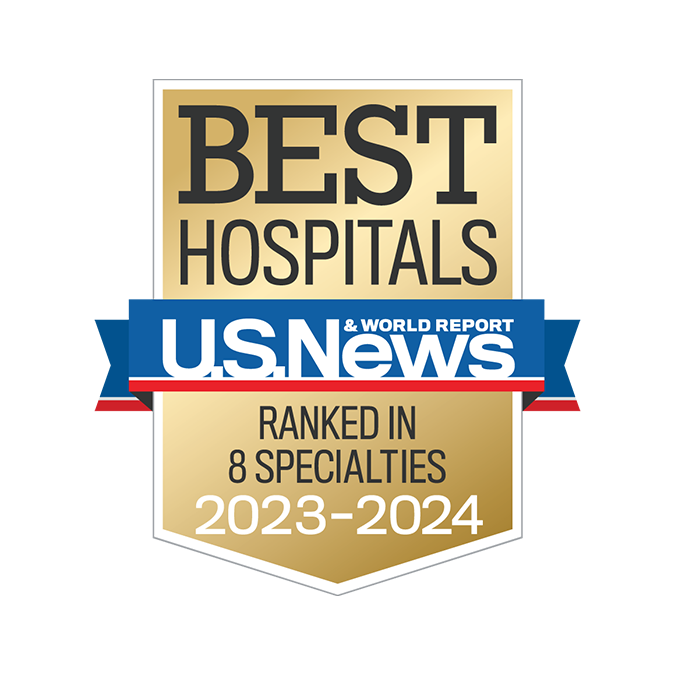
Ranked among the nation’s best hospitals
A U.S. News & World Report best hospital in cancer, cardiology, heart & vascular surgery, diabetes & endocrinology, ENT, geriatrics, neurology & neurosurgery, obstetrics & gynecology, and pulmonology & lung surgery.

Ranked among the nation’s best children’s hospitals
A U.S. News & World Report best children’s hospital in diabetes & endocrinology, nephrology, and orthopedics*. (*Together with Shriners Children’s)
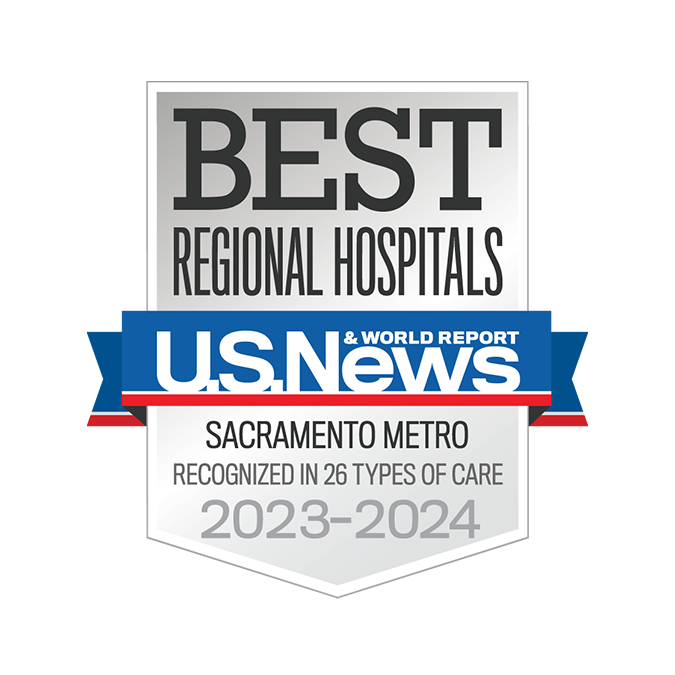
Ranked Sacramento’s #1 hospital
Ranked Sacramento’s #1 hospital by U.S. News, and high-performing in COPD, colon cancer surgery, diabetes, heart attack, heart failure, hip fracture, hip replacement, kidney failure, leukemia, lymphoma & myeloma, lung cancer surgery, ovarian cancer surgery, pneumonia, prostate cancer surgery, stroke, TAVR, uterine cancer surgery, gastroenterology & GI surgery, and orthopedics.
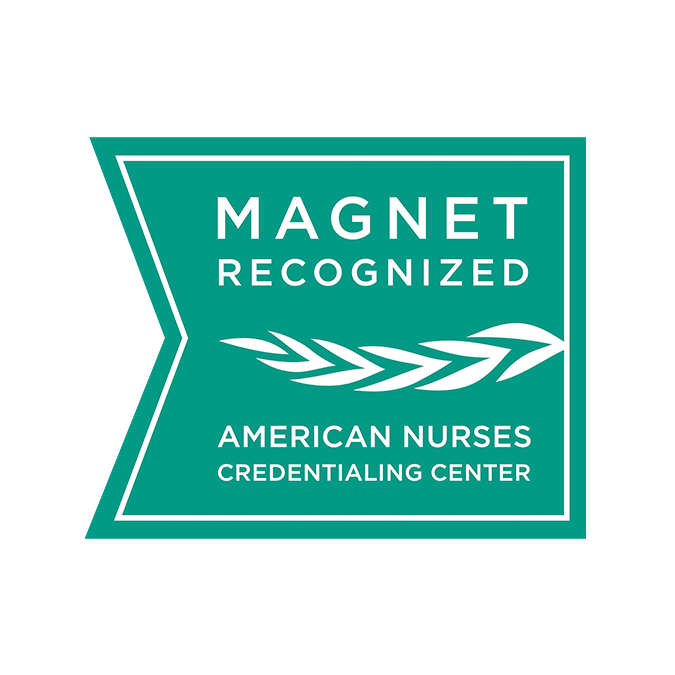
The nation’s highest nursing honor
UC Davis Medical Center has received Magnet® recognition, the nation’s highest honor for nursing excellence.

“Most Wired” for acute care
UC Davis Health has been recognized as a level 10 out of 10 in the Digital Health “Most Wired” program from the College of Healthcare Information Management Executives (CHIME). The honor recognizes excellence in using technology to improve the delivery of care.

“Most Wired” for ambulatory care
UC Davis Health has been recognized as a level 10 out of 10 in the Digital Health “Most Wired” program from the College of Healthcare Information Management Executives (CHIME). The honor recognizes excellence in using technology to improve the delivery of care.
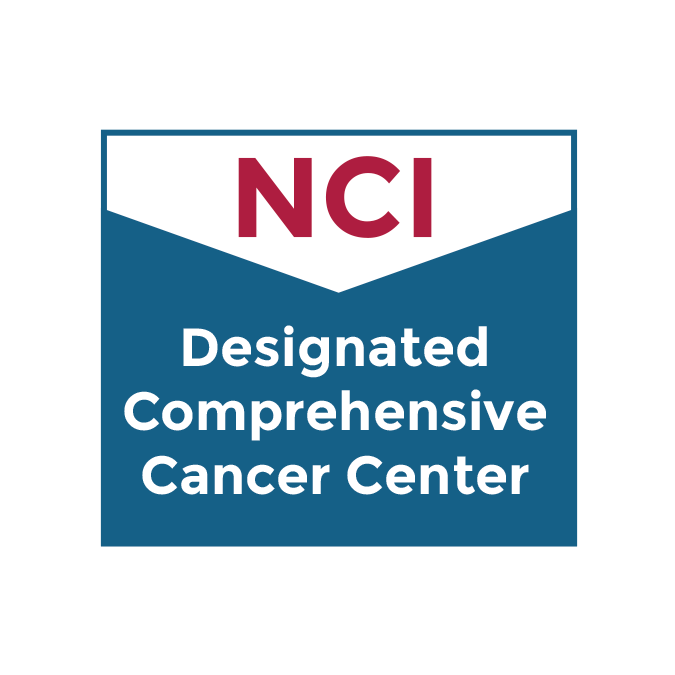
World-class cancer care
One of ~56 U.S. cancer centers designated “comprehensive” by the National Cancer Institute.

A leader in health care equality
For the 13th consecutive year, UC Davis Medical Center has been recognized as an LGBTQ+ Healthcare Equality Leader by the educational arm of America’s largest civil rights organization.

